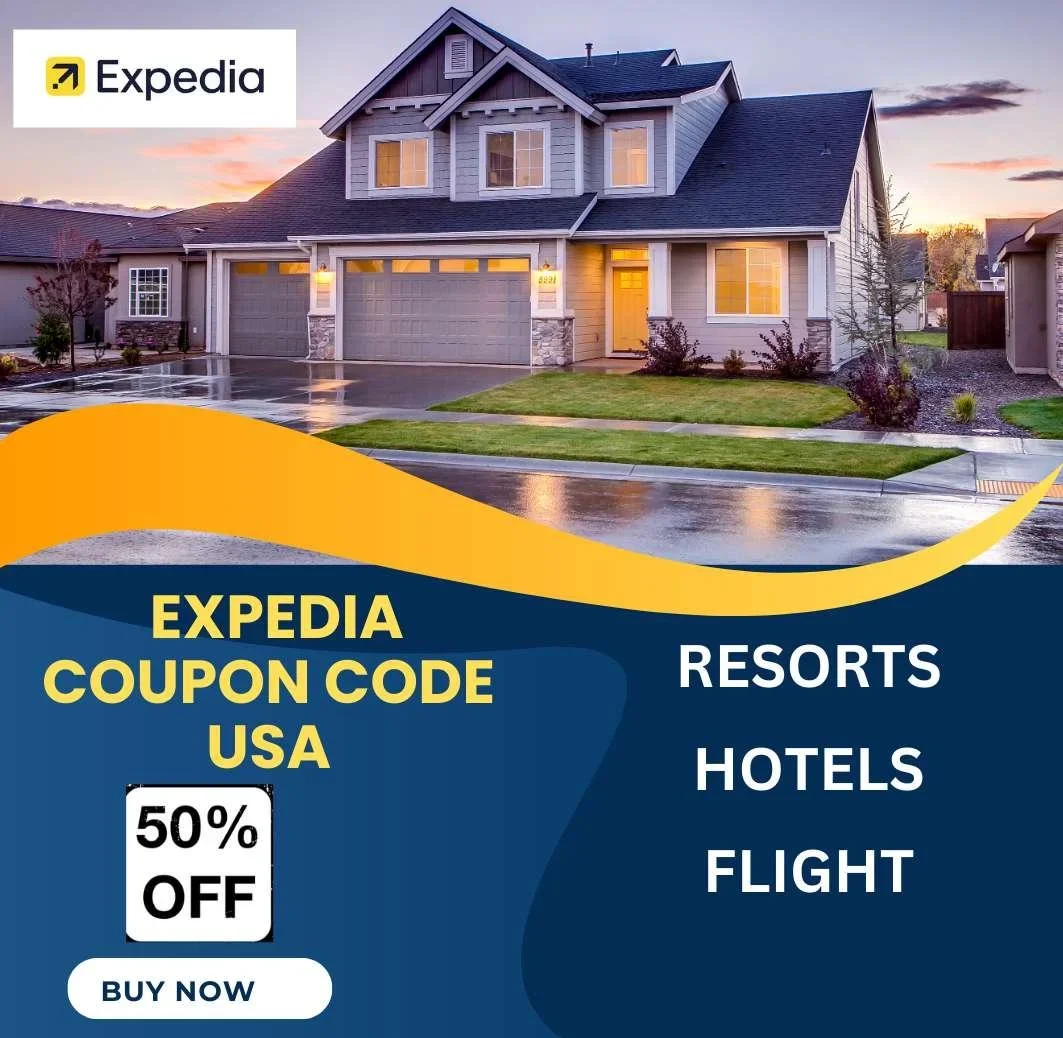The Asakusa Cultural Walk & Matcha Making Tour offers a unique experience of Tokyo’s Asakusa district, one of the city’s oldest and most traditional neighborhoods. Combining a guided cultural walk with a matcha tea-making session, this tour provides an immersive journey through Japanese history, culture, and the art of tea ceremony. Asakusa is home to the iconic Senso-ji Temple, Nakamise shopping street, and beautifully preserved streets showcasing Edo-period architecture.
In this guide, we’ll cover what to expect on the Asakusa Cultural Walk & Matcha Making Tour, including the main highlights, cultural significance, and tips for making the most of your experience.
Why Choose the Asakusa Cultural Walk & Matcha Making Tour?
This tour is ideal for travelers seeking an authentic cultural experience that combines historical exploration with hands-on learning. With insights from a knowledgeable guide, you’ll gain a deeper appreciation for Japanese traditions, from the art of matcha tea to the historical landmarks of Asakusa.
Key Benefits of the Asakusa Cultural Walk & Matcha Making Tour
- Explore Tokyo’s Traditional Asakusa District: Experience Tokyo’s history and culture in Asakusa, home to temples, historic shops, and Edo-style architecture.
- Hands-On Matcha Tea-Making Experience: Learn to make and enjoy matcha tea, a staple of Japanese culture, under the guidance of a skilled tea instructor.
- Expert Guided Commentary: With a knowledgeable guide, you’ll gain insights into the significance of Asakusa’s landmarks and the Japanese tea ceremony.
- Personalized and Interactive Experience: This tour often runs in small groups, allowing for a more personalized and interactive journey.
What to Expect During the Asakusa Cultural Walk & Matcha Making Tour
The Asakusa Cultural Walk & Matcha Making Tour typically lasts 2-3 hours, offering enough time to explore the main sites in Asakusa and learn the fundamentals of matcha tea-making in a relaxed setting.
Starting the Tour: Meeting Your Guide and Group
- Convenient Meeting Location
- Most tours start at a designated meeting point near Asakusa Station or Senso-ji Temple. After gathering, your guide will introduce the group and provide an overview of the tour itinerary.
- Introduction to Asakusa
- Before diving into the sights, your guide will share some background on Asakusa’s historical and cultural significance, setting the stage for the walk.
Exploring Asakusa’s Cultural Highlights
The guided walk through Asakusa includes several must-see landmarks, each with unique historical and cultural importance. Here are some typical stops:
- Senso-ji Temple
- Tokyo’s Oldest Temple: The Senso-ji Temple is one of Tokyo’s most famous landmarks and the city’s oldest Buddhist temple. Your guide will explain the history of this revered temple, built in the 7th century and dedicated to the goddess Kannon.
- Kaminarimon (Thunder Gate): Start at the famous Kaminarimon, the main gate to Senso-ji, featuring a large red lantern and statues of protective deities. The gate is one of the most photographed spots in Tokyo.
- Temple Rituals and Customs: Learn about Japanese temple customs, including washing hands at the purification fountain and making offerings or prayers at the main hall.
- Nakamise Shopping Street
- Traditional Souvenirs and Snacks: Walk along Nakamise-dori, a bustling shopping street leading to Senso-ji Temple, filled with stalls selling Japanese souvenirs, snacks, and traditional crafts. Your guide may recommend some local snacks to try, like senbei (rice crackers) or ningyo-yaki (small cakes).
- Asakusa Culture and Tourist Information Center
- Panoramic Views: Some tours include a stop at the Asakusa Culture and Tourist Information Center for panoramic views of the Asakusa district and the Tokyo Skytree in the distance. This stop offers a great perspective on the blend of Tokyo’s traditional and modern landscapes.
- Kappabashi Street (Optional)
- Kitchenware and Unique Souvenirs: Some tours include a brief stop at Kappabashi Street, also known as Kitchen Town, where you’ll find shops selling Japanese knives, ceramics, and unique kitchen tools.
Matcha Tea-Making Experience
After the cultural walk, you’ll be guided to a nearby tea house or traditional setting for the matcha-making portion of the tour. This part of the experience allows you to learn about and participate in a Japanese tradition.
- Introduction to Matcha and the Tea Ceremony
- History and Significance: The instructor will provide an introduction to the history of matcha and its role in Japanese culture. You’ll learn about the tea ceremony’s principles of harmony, respect, purity, and tranquility.
- Learning the Art of Matcha Preparation
- Hands-On Experience: Using traditional tools, including a chasen (bamboo whisk) and chawan (tea bowl), you’ll learn how to prepare matcha tea. The instructor will demonstrate each step, from measuring the powder to whisking it to achieve the ideal consistency.
- Enjoying Matcha Tea and Japanese Sweets
- Tasting and Appreciation: After preparing your matcha, enjoy the tea along with traditional Japanese sweets (wagashi), which balance the matcha’s earthy bitterness. Your instructor will guide you on how to drink matcha mindfully, embracing the cultural appreciation of each sip.
- Q&A and Reflections
- Ask Questions: Many guides encourage participants to ask questions about matcha, the tea ceremony, or Japanese culture, offering further insights into this cherished tradition.
Conclusion of the Tour and Farewell
After the matcha-making session, your guide will thank the group and provide recommendations for further exploration in Asakusa and Tokyo. Many participants find it valuable to take this time to reflect on what they’ve learned and experienced during the tour.
Tips for Making the Most of Your Asakusa Cultural Walk & Matcha Making Tour
- Dress Comfortably: Wear comfortable walking shoes, as you’ll be on your feet for most of the tour while exploring Asakusa.
- Be Respectful at the Temple: Follow local customs at Senso-ji, such as keeping a respectful tone and observing any instructions your guide provides for the temple visit.
- Bring a Camera: The scenic views and historical architecture offer great photo opportunities, so have your camera or smartphone ready.
- Ask Questions During Matcha Making: The matcha session is interactive, so don’t hesitate to ask questions about the tea-making process, the tools, or the significance of matcha in Japanese culture.
- Try Local Snacks: Take advantage of the shopping street to try traditional snacks unique to Asakusa, as it adds to the cultural immersion.
How to Book Your Asakusa Cultural Walk & Matcha Making Tour
Booking your Asakusa Cultural Walk & Matcha Making Tour is simple through Viator, a trusted platform for cultural experiences and guided tours. The tour package typically includes:
- Guided cultural walk through Asakusa with historical insights.
- Matcha tea-making session led by a skilled instructor.
- All materials required for the matcha preparation and tasting.
- Small group format for a more personalized experience.
To find more details and secure your spot, visit Viator.
Conclusion
The Asakusa Cultural Walk & Matcha Making Tour offers a memorable blend of Tokyo’s traditional landmarks and hands-on cultural experience. From exploring the historic Senso-ji Temple to learning the art of matcha preparation, this tour allows you to connect deeply with Japan’s rich history and customs. Whether you’re a first-time visitor or a seasoned traveler, the tour provides a unique opportunity to appreciate the essence of Tokyo’s cultural heritage.
For more travel insights and recommendations, visit Izase.
Disclaimer: The information provided is accurate at the time of writing. Please check the booking page on Viator for the latest updates before making reservations.
MORE FROM IZASE


